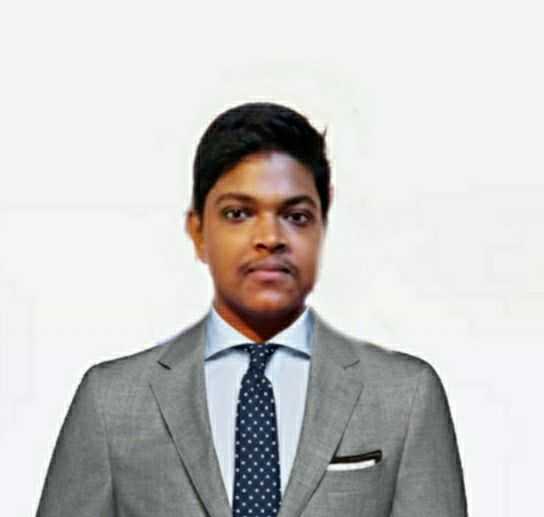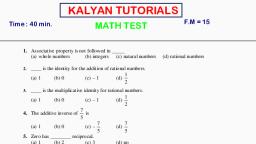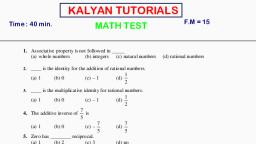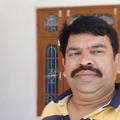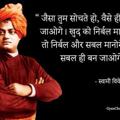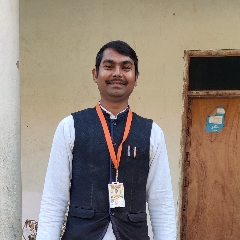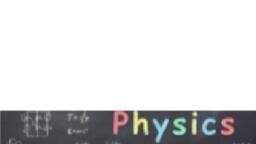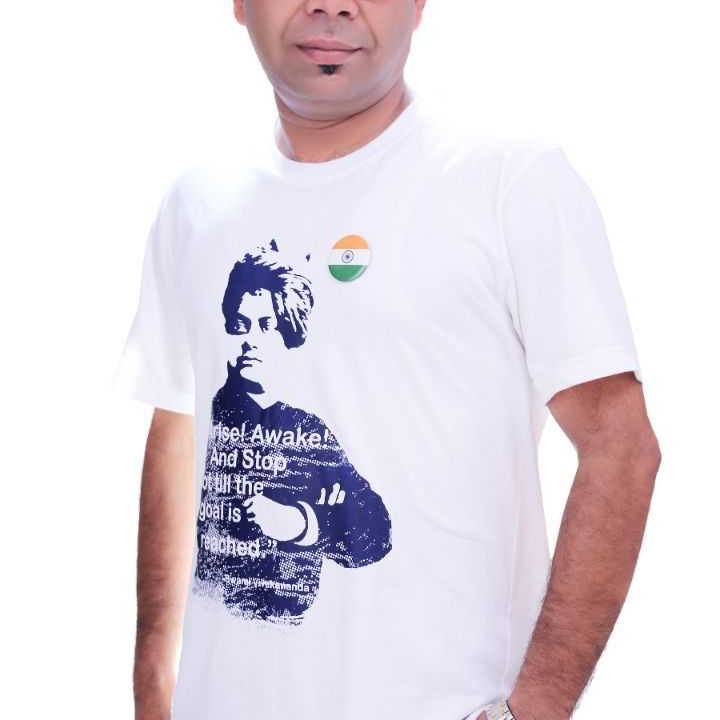Question 2 :
When a ray of light traveling in a (A) Medium, is incident at the surface of a (B) Medium such that angle if incidence is (C) than the critical angle for the pair of media, the ray is totally reflected back into the (D) medium. This phenomenon is called total internal reflection.
Question 3 :
There is a small black dot at the centre $C$ of a solid glass sphere of refractive index $\mu$. When seen from outside, comment on the location of the dot.
Question 4 :
Three lenses have a combined power of $2.7 D$. If the powers of two lenses are $2.5 D$ and $1.7 D$ respectively, find the focal length of the third lens.
Question 5 :
Assertion: A convex lens of glass ($\mu= $ 1.5) behave as a diverging lens when immersed in carbon disulphide of higher refractive index $(\mu = 1.65)$
Reason: A diverging lens is thinner in the middle and thicker at the edges.
Question 6 :
Which of the following principles has been followed to propagate light waves through an optical fibre?
Question 7 :
.......... happens when a wave passes from one medium to another at an angle.
Question 8 :
The phenomenon of light passing through the object is called :
Question 10 :
A focal length of a lens is 10 cm. What is power of a lens in dioptre?
Question 11 :
To increase the angular magnification of a simple microscope, one should increase
Question 12 :
In a second microscope magnification will be large, if the focal length of the eye piece is
Question 13 :
A double convex thin lens made of glass of refractive index $1.6$ has radii of curvature $15cm$ each. The focal length of this lens when immersed in a liquid of refractive index $163$ is:
Question 15 :
An under-water swimmer cannot see very clearly even in absolutely clear water because of:
Question 16 :
A thin convex lens of focal length $f$ made of crown glass is immersed in a liquid of refractive index ${ \mu  }_{ r }.\left( { \mu  }_{ l }>{ \mu  }_{ c } \right) $ where ${ \mu  }_{ c }$ is the refractive index of the crown glass.<br/>The convex lens now is
Question 17 :
A convex lens is made of a glass of refractive index $1.5$. The radius of curvature of each of its surface is $20 cm$. Then the ratio of the power of the lens when placed in air to its power when immersed inside a liquid of refractive index $1.25$ is
Question 18 :
Focal length of a convex lens is 10 cm. When the object is moved from 15 cm to 25 cm, the magnitude of linear magnification
Question 19 :
A converging lens of focal length $12\ cm$ and a diverging mirror of focal length $7.5\ cm$ are placed $5.0\ cm$ apart with their principle axes coinciding. Where should an object be paced so that its image falls on itself?
Question 20 :
A beam of monochromatic blue light of wavelength $4200\mathring { A } $ in air travels in water of refractive index ${ 4 }/{ 3 }$. Its wavelength in water will be
Question 21 :
A pin is placed 10cm in front of a convex lens of focal length 20cm and refractive index 1.5.The surface of the lens farther away from the pin is silvered. The final image from the lens is at a distance of 
Question 22 :
In optical fiber, refractive index of inner part is $1.68$ and refractive index of outer part is $1.44$. The numerical aperture of the fibre is
Question 23 :
In displacement method, the distance between object and screen is $96\ cm$. The ratio of lengths of two images formed by a converging lens placed between them is $4$. Then
Question 24 :
The reflecting surface is given by $y = \dfrac{10L}{\pi} \sin \dfrac{\pi x}{5L}$. The co-ordinates of the point where a horizontal ray becomes vertical after reflection is:
Question 25 :
A concave mirror has a focal length of $20\ cm$. The distance between the two positions of the object for which the image size is double of the object size is
